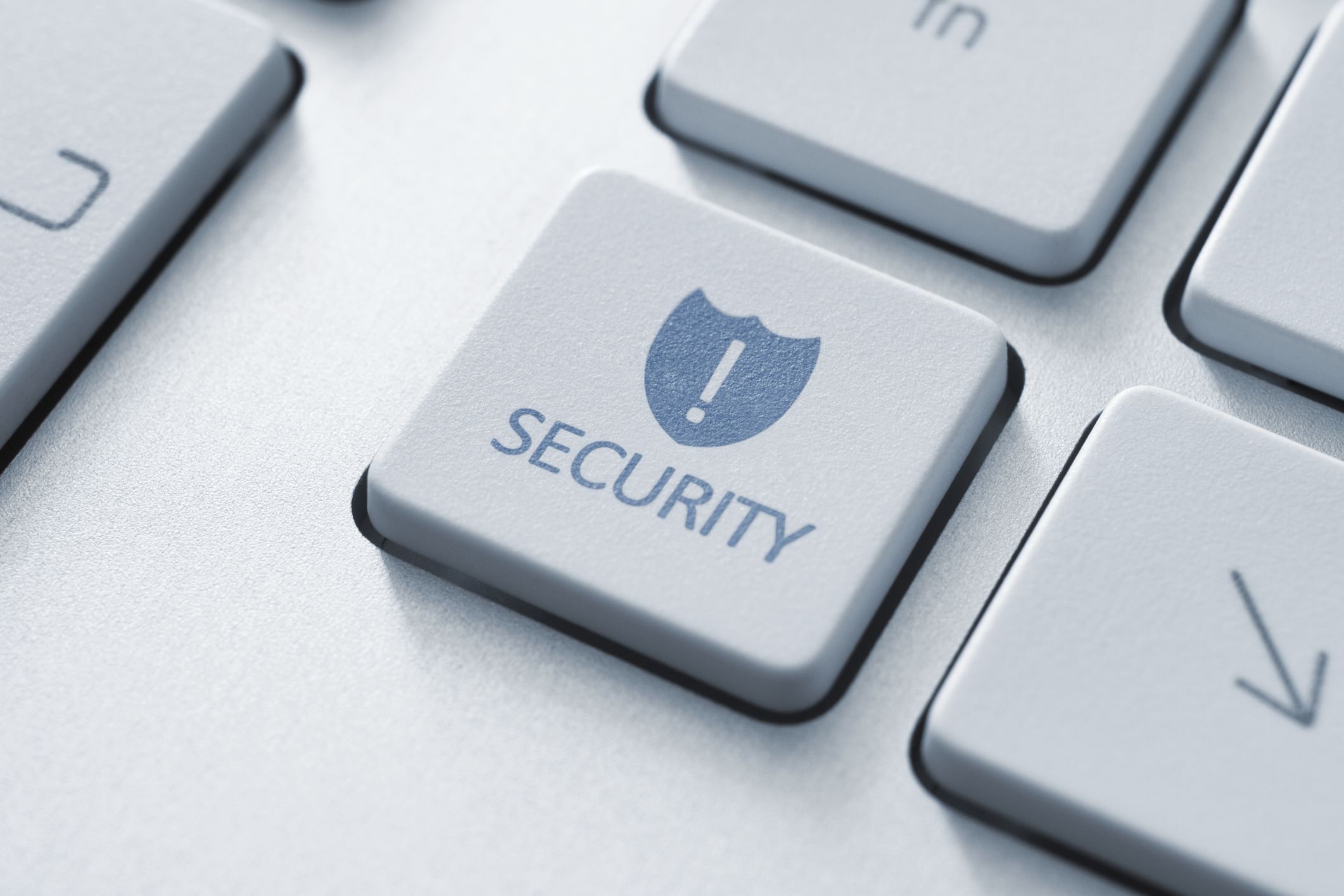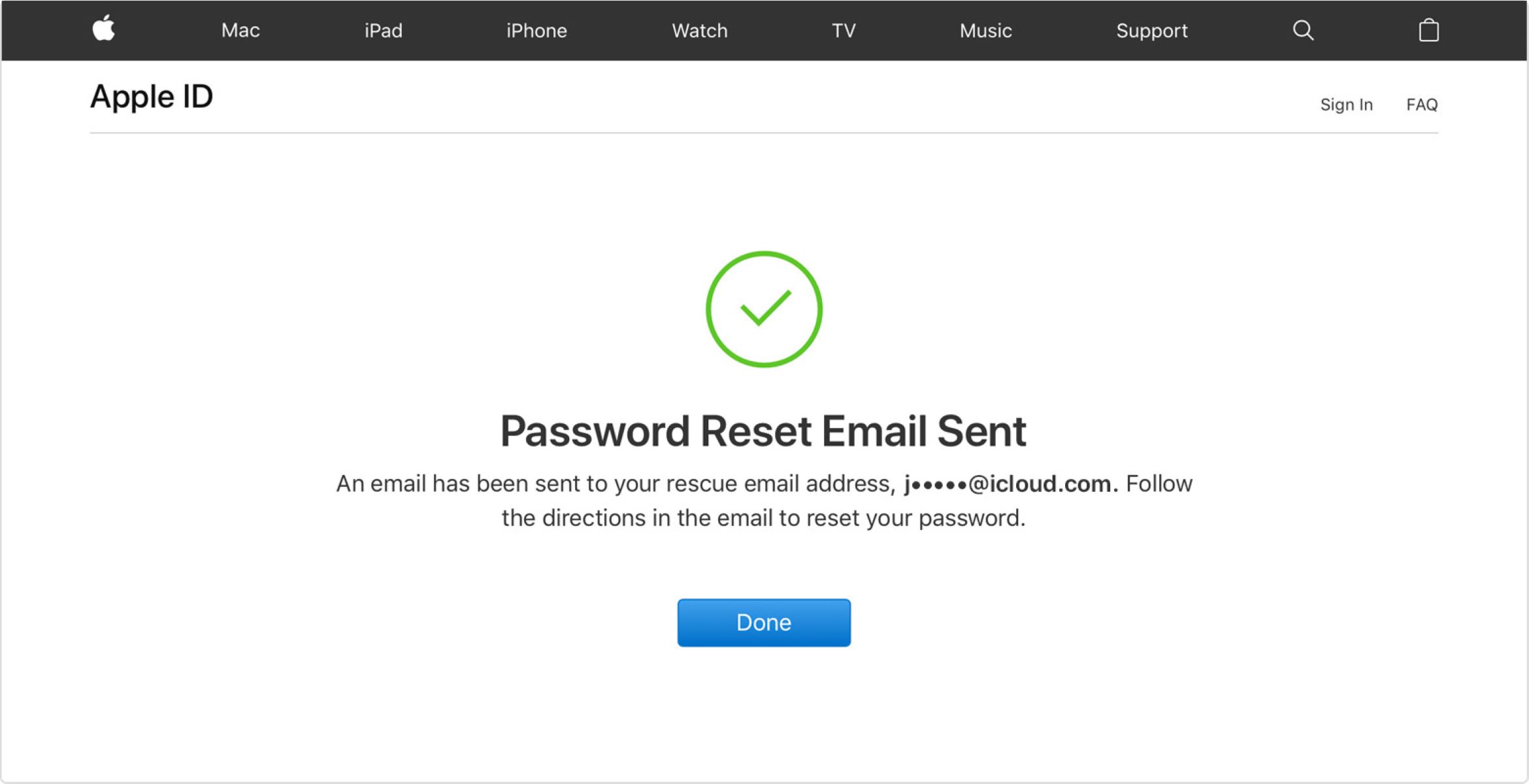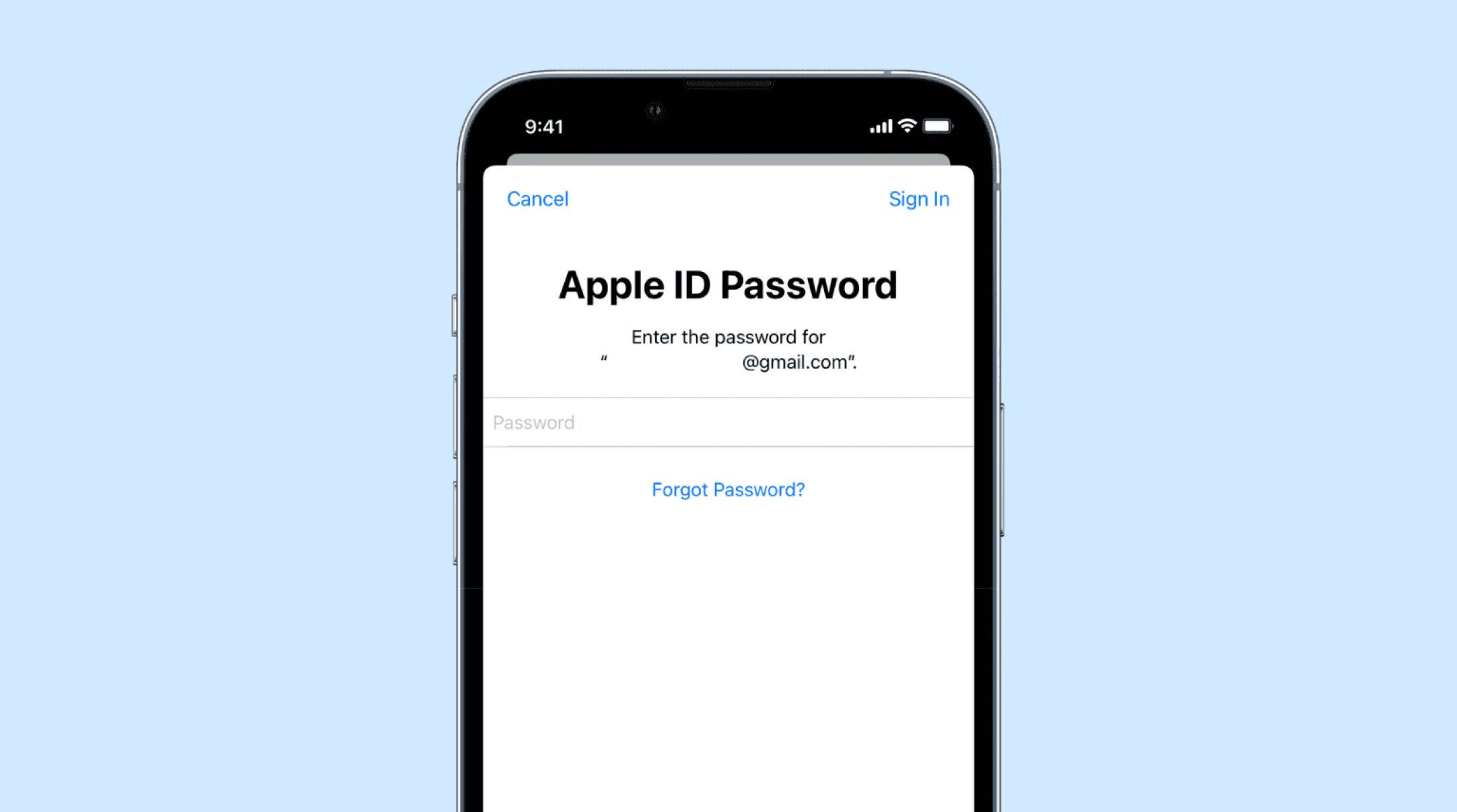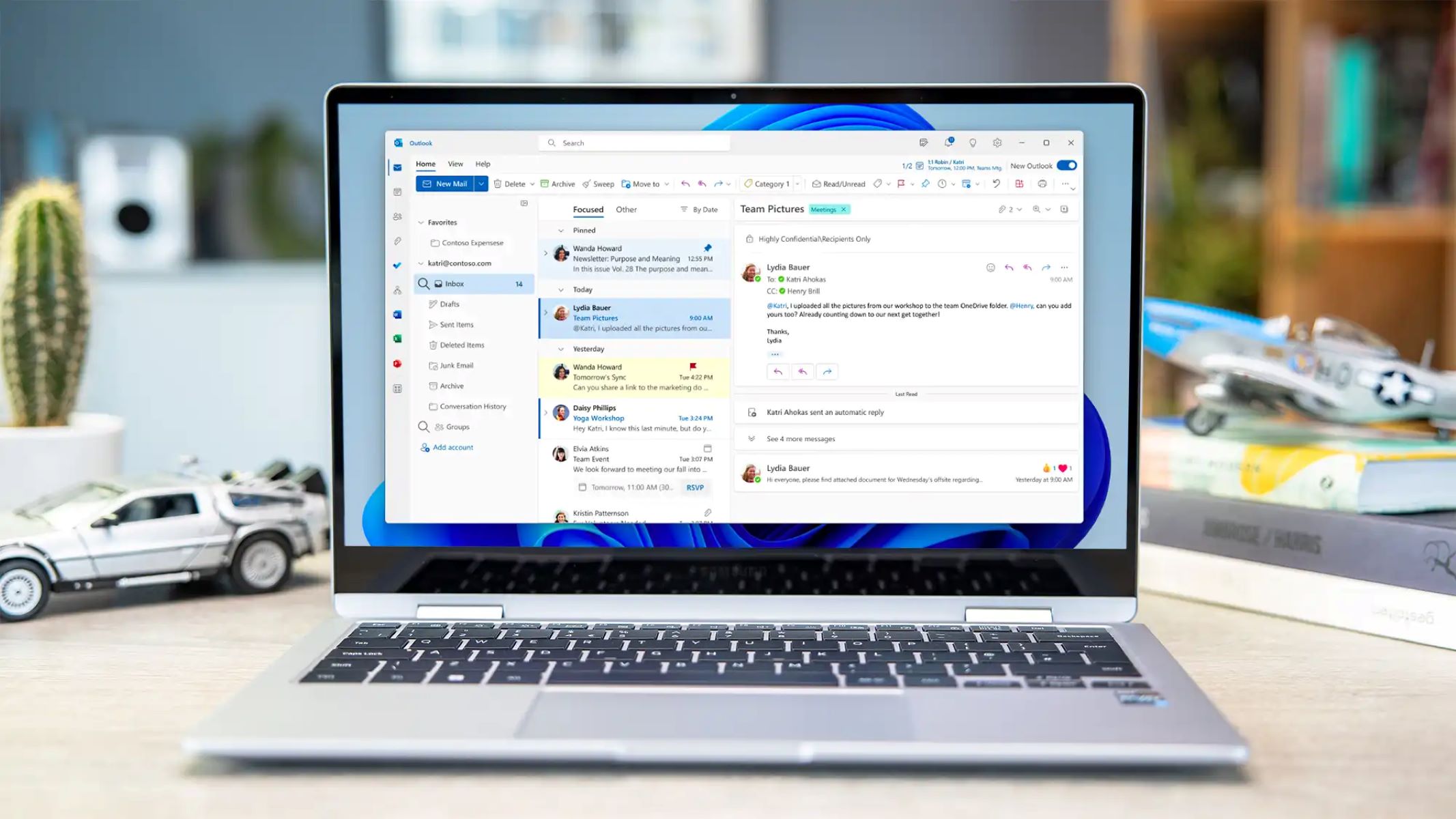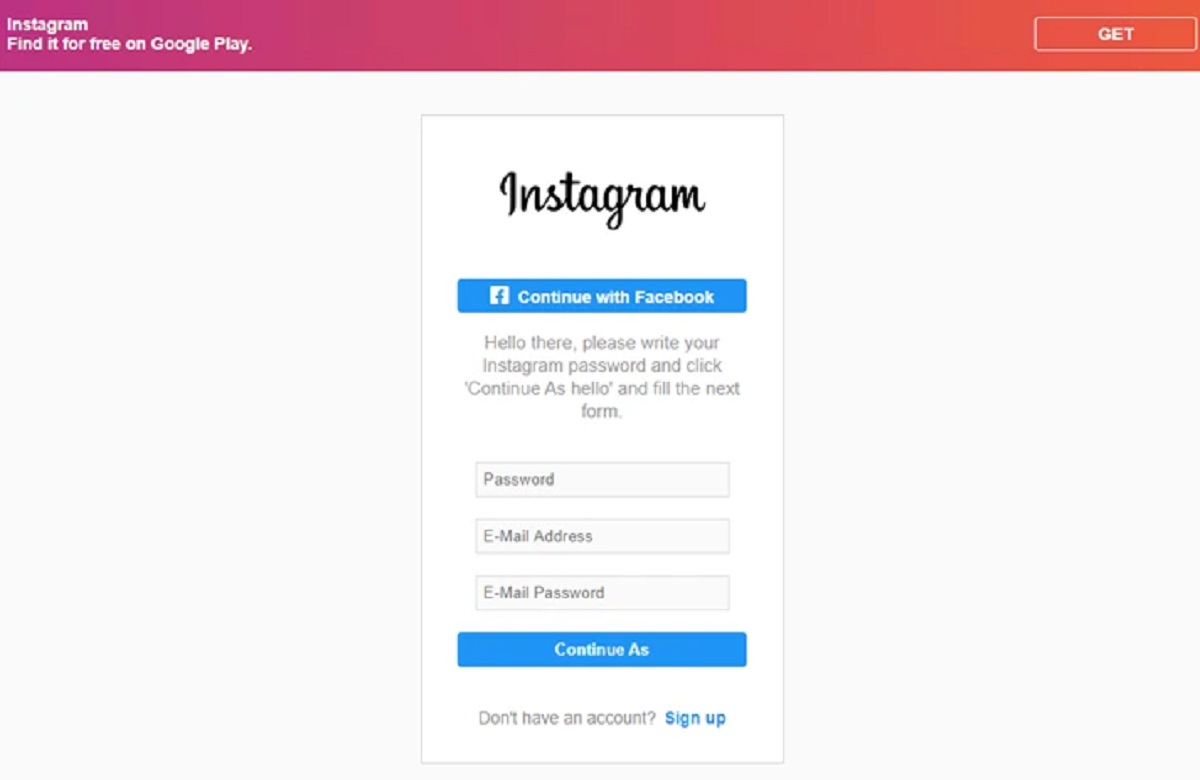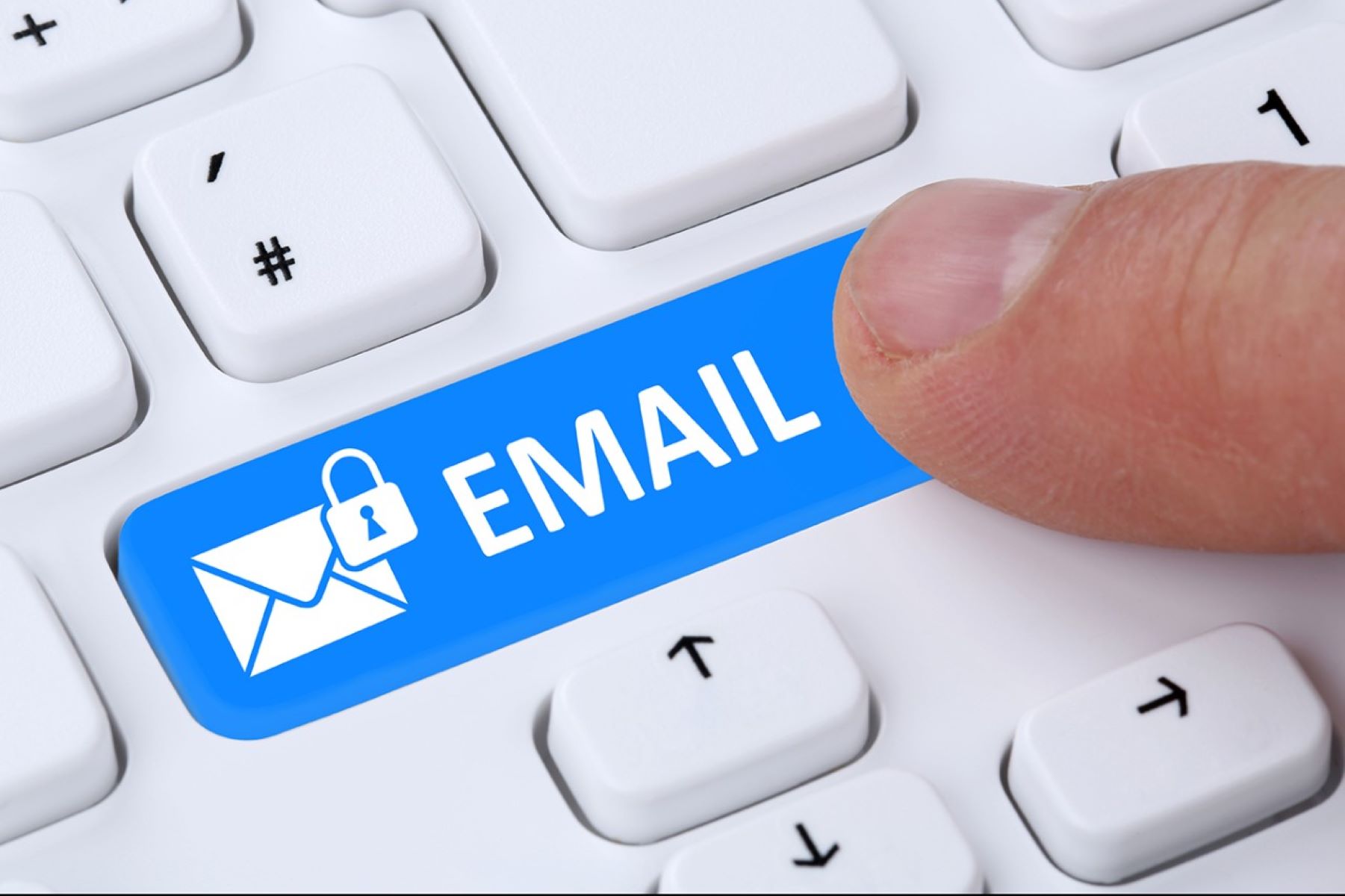Introduction
Welcome to our guide on how to password protect an email. In today’s digital age, email has become an integral part of our personal and professional lives. However, with the increasing prevalence of cyber threats and the importance of data privacy, securing our email communications has never been more crucial.
Emails often contain sensitive and confidential information, such as financial statements, personal details, or business strategies. Without proper protection, these emails are vulnerable to unauthorized access, interception, and misuse. Therefore, it is essential to take proactive measures to safeguard the privacy and integrity of our email communications.
In this comprehensive guide, we will explore various methods that can help you password protect your emails effectively. Whether you are sending sensitive documents to a client, sharing personal information with a loved one, or simply want peace of mind knowing that your messages are secure, we have got you covered.
Before we dive into the methods, it is important to note that password protecting an email adds another layer of security to the message itself. This means that in addition to the email being encrypted during transmission, it will also require a password to be entered before the recipient can access the contents. This double protection significantly reduces the chance of unauthorized individuals gaining access to your emails.
Now, without further ado, let us explore the different methods available to password protect your emails and ensure that your communications stay private and secure.
Why Password Protecting Email is Important
Password protecting your email has become increasingly important in today’s digital landscape. Here are a few key reasons why you should consider implementing this security measure:
- Data Privacy: Email is a common communication channel for sharing sensitive information, such as personal details, financial data, or confidential business documents. Password protecting your emails adds an extra layer of security, ensuring that only authorized recipients can access the information.
- Protection against Unauthorized Access: By password protecting your emails, you can protect against unauthorized individuals gaining access to your personal or business correspondence. This is especially important when communicating sensitive information, as it helps prevent data breaches and identity theft.
- Compliance with Data Protection Regulations: Depending on where you reside or the industry you work in, there may be specific data protection regulations in place that require you to safeguard sensitive information. Password protecting your emails helps you adhere to these regulations and avoid potential legal consequences.
- Secure Communication: Password protected emails ensure that only the intended recipient can open and read the contents. This provides a higher level of assurance that your messages are being securely transmitted and received, reducing the risk of interception or tampering.
- Peace of Mind: Knowing that your email communications are password protected can give you peace of mind. Whether you are sharing personal information, discussing confidential matters, or collaborating on important projects, the added security ensures that your emails remain private.
With the ever-increasing number of cyber threats and the potential consequences of a data breach, taking steps to password protect your emails is an essential part of maintaining digital security. By implementing this measure, you can mitigate the risk of unauthorized access, safeguard sensitive information, and ensure the privacy of your communications.
Methods to Password Protect an Email
There are several methods available to password protect an email and keep your sensitive information secure. Let’s explore some of the most commonly used methods:
Method 1: Using Encryption Software
One of the most effective ways to password protect an email is by using encryption software. Encryption ensures that the content of your email is scrambled into unreadable text, and only the recipient who possesses the decryption key or password can make it readable again. There are various encryption software options available, both free and paid, that allow you to encrypt your emails before sending them.
Method 2: Using Email Service Providers
Another convenient way to password protect an email is by utilizing the built-in security features offered by email service providers. Many email platforms, such as Gmail or Outlook, allow you to set a password for specific emails or enable two-factor authentication, adding an extra layer of security. These features are typically accessible through the settings or preferences section of your email provider’s interface.
Method 3: Using File Compression Software
In some cases, rather than encrypting the entire email, you may want to password protect specific attachments within the email. This can be achieved by compressing the files with a file compression software, such as WinZip or 7-Zip, and setting a password for the compressed file. This method ensures that only individuals with the correct password can access the attachments in the email.
Method 4: Encrypting Email Attachments
If you frequently send encrypted files or sensitive documents via email, another option is to encrypt the attachments themselves using specialized encryption software or tools. This way, even if the email account is compromised, the encrypted attachments remain secure and inaccessible without the correct decryption key or password.
These are just a few of the methods available to password protect an email. Each method has its own benefits and considerations, so it’s important to choose the one that best suits your specific needs and requirements. By implementing password protection measures, you can enhance the security of your email communications and ensure that your valuable information remains confidential.
Method 1: Using Encryption Software
Using encryption software is a highly effective method to password protect an email and ensure the confidentiality of your communications. Encryption software scrambles the content of your email into unreadable text, making it virtually impossible for unauthorized individuals to access or decipher the message without the decryption key or password. Here’s how you can use encryption software to secure your emails:
- Choose Reliable Encryption Software: There are many encryption software options available, both free and paid. Research and select a reputable software that meets your specific needs. Some popular choices include GPG (GNU Privacy Guard), BitLocker, and VeraCrypt.
- Install and Configure the Software: Follow the installation instructions provided by the encryption software. Once installed, you will need to configure the software and set up a master password or encryption key. This password will be required to encrypt and decrypt your emails.
- Encrypt Your Email Content: Before sending an email, open the encryption software and select the option to encrypt your message. Depending on the software, this can usually be done by clicking on a specific button or selecting an encryption option from the software’s menu.
- Set a Strong Password: When encrypting your email, you will usually have the option to set a password or encryption key. Ensure that you create a strong and unique password that is not easily guessable. Avoid using common words, dates, or personal information.
- Share the Password Securely: After encrypting your email, you will need to share the password with the intended recipient. It is crucial to share the password through a secure means, such as a phone call, encrypted messaging apps, or in person. Avoid sending the password via email, as it defeats the purpose of encryption.
By utilizing encryption software, you can significantly enhance the security of your email communications. It ensures that only authorized recipients with the correct password can access and decrypt your messages, protecting them from interception and unauthorized access.
Remember that encryption software is only effective if both the sender and recipient have the necessary software and shared password. Therefore, it is essential to communicate with the recipients beforehand and ensure they have the means to decrypt and read the encrypted emails.
Method 2: Using Email Service Providers
Many email service providers offer built-in security features that allow you to password protect emails and add an extra layer of protection to your communications. Here’s how you can utilize these features to enhance the security of your emails:
- Enable Two-Factor Authentication (2FA): Two-Factor Authentication is a widely used security feature offered by email service providers. By enabling 2FA, you add an additional layer of protection to your email account. This feature typically requires you to enter a verification code, which is sent to your mobile device, in addition to your password when logging in.
- Set a Password for Specific Emails: Some email platforms allow you to set a password for specific emails or set an expiry date for the email’s accessibility. This feature ensures that only recipients with the correct password can access the email’s content. To utilize this option, compose your email as usual and then select the password protection option before sending.
- Use Encryption Add-ons or Plugins: Many email service providers offer add-ons or plugins that can be installed to enhance email security. These tools often provide end-to-end encryption, ensuring that the content of your emails is secured and can only be decrypted by the recipient.
- Utilize Secure Message Encryption Services: Some email service providers offer secure message encryption services as an optional feature. These services encrypt your email’s content and attachments, making them unreadable to anyone without the decryption key. The recipient typically needs to create an account or install a compatible plugin to decrypt and read the encrypted message.
- Regularly Update and Secure Your Email Account: It’s important to keep your email account updated with the latest security patches and updates. Additionally, be diligent about using strong and unique passwords and avoid sharing them with others. Regularly change your password to prevent unauthorized access to your email account.
By utilizing the security features provided by your email service provider, you can strengthen the privacy and protection of your emails. These features typically offer a convenient and user-friendly way to password protect your emails without the need for additional software installations.
Each email service provider may have different options or methods for enabling password protection, so it is recommended to refer to the specific instructions or help documentation provided by your email provider to correctly implement the desired security measures.
Method 3: Using File Compression Software
Another method to password protect an email is by using file compression software. This method allows you to secure specific attachments within the email, rather than encrypting the entire email itself. Here’s how you can use file compression software to protect your email attachments:
- Select Reliable File Compression Software: Choose a reputable file compression software program that supports password protection. Options such as WinZip, 7-Zip, or WinRAR are commonly used and offer robust encryption features.
- Install and Set Up the Software: Follow the installation instructions provided by the file compression software. Once installed, familiarize yourself with the software’s interface and locate the option to create a compressed or zipped file.
- Compress Your Email Attachments: Within the file compression software, create a new compressed archive or zip file. Add the files or attachments you want to send by either dragging and dropping them into the software’s window or using the provided file selection options.
- Set a Password for the Compressed File: During the compression process, you will have the option to set a password for the compressed file. Choose a strong and unique password, ensuring it is known only to you and the intended recipient.
- Send the Compressed File: Once the file is compressed and password protected, attach it to your email as you would with any other file. Include a separate message to inform the recipient of the password required to access the attachment.
By using file compression software with password protection, you add an extra layer of security to your email attachments. Encrypted attachments are only accessible to those who possess the correct password, minimizing the risk of unauthorized access to sensitive files.
It’s essential to communicate the password securely to the recipient, preferably through a different channel or medium than the email itself. This can include sending the password through a secure messaging app, a phone call, or an in-person conversation. Avoid including the password in the body of the email or even in the subject line, as it compromises the security of the encryption.
Remember to inform the recipient of the format in which the attachment is compressed (e.g., .zip, .rar) and provide instructions on how to extract the files using the appropriate software. Ensure that the recipient has the necessary software and knows the password required to access the attachment.
Method 4: Encrypting Email Attachments
If you frequently send encrypted files or sensitive documents via email, another method you can use to add an extra layer of security is to encrypt the attachments themselves. By encrypting the attachments, you ensure that even if the email account is compromised, the encrypted files remain secure and inaccessible without the correct decryption key or password. Here’s how you can encrypt email attachments:
- Select Reliable Encryption Software: Choose a trustworthy encryption software program that supports file encryption. Some popular options include AxCrypt, VeraCrypt, or Symantec Endpoint Encryption.
- Install and Set Up the Encryption Software: Follow the installation instructions provided by the encryption software. Configure the software with a strong master password or encryption key that will be used to encrypt and decrypt files.
- Encrypt the Attachments: Locate the files or attachments you want to send via email. Right-click on the file(s) and choose the encryption option provided by the installed software. Enter the encryption key or password when prompted.
- Attach the Encrypted Files: Once the files are encrypted, attach them to your email as you would with any other file. It’s recommended to inform the recipient that the files are encrypted and require the decryption key or password to access.
- Communicate the Decryption Key Securely: Share the decryption key or password with the intended recipient securely, ideally through a different communication channel than the email itself. You can use a secure messaging app, a phone call, or an in-person conversation.
By encrypting email attachments, you add an additional layer of security to specific files, making them inaccessible to anyone without the proper decryption key. This method is particularly useful when sending sensitive documents or highly confidential information, as it safeguards the content even if the email itself is intercepted or compromised.
It’s important to communicate with the recipient beforehand and explain the encryption process, providing instructions on how to decrypt the attachment using the encryption software. Make sure the recipient has the necessary software installed and is aware of the decryption key or password required to access the encrypted files.
Remember that encryption is only effective when both the sender and recipient have the necessary software and shared password or decryption key. It’s crucial to establish clear communication and mutual understanding to ensure the seamless exchange of encrypted email attachments.
Tips and Best Practices for Password Protecting Emails
When it comes to password protecting emails, there are several tips and best practices you should keep in mind to maximize the security and effectiveness of your efforts. Consider the following recommendations:
- Use Strong and Unique Passwords: When setting passwords for email encryption or compressed files, ensure that you use strong and unique combinations of alphanumeric characters, symbols, and upper/lowercase letters. Avoid using easily guessable passwords or reusing passwords across multiple accounts.
- Implement Two-Factor Authentication: Enable two-factor authentication (2FA) whenever possible for your email service provider. 2FA adds an extra layer of security by requiring a verification code, usually sent to your mobile device, in addition to the usual password when logging in.
- Regularly Update Encryption Software: Keep your encryption software up to date with the latest version to benefit from security enhancements and bug fixes. Regular updates help ensure your software remains effective against emerging threats.
- Encrypt Standard Email Communications: If the nature of your email communications frequently involves sensitive information, consider using encryption software or secure email services to encrypt all your emails by default. This adds additional protection, even if specific messages may not require password protection.
- Avoid Sending Passwords via Email: When sharing passwords with recipients, avoid including them in the body of the email or subject line. Use secure messaging apps, phone calls, or in-person conversations to relay the passwords to ensure their confidentiality.
- Follow Secure Attachment Handling: When working with encrypted attachments or password-protected files, inform the recipient about the encryption and provide instructions on how to decrypt and access the files securely. Avoid sending the password and attachment in the same email.
- Keep Software and Systems Updated: Regularly update your operating system, antivirus software, and email client to take advantage of security patches and bug fixes. Updated systems provide better protection against known vulnerabilities.
- Educate and Enforce Email Security Policies: Educate yourself and your team on email security best practices. Establish email security policies within your organization to mitigate risks and ensure consistent adherence to security measures.
- Be Cautious of Phishing Attempts: Exercise caution with email attachments or links from unknown or suspicious senders. Phishing attacks often use deceptive tactics to trick users into revealing sensitive information or downloading malicious files.
- Regularly Review and Audit Security Measures: Periodically assess your email security practices, protocols, and encryption methods. Conduct audits to identify any weaknesses or areas that could benefit from improvement.
By following these tips and best practices, you can enhance the security of your password protected emails and ensure the confidentiality and privacy of your communications. Remember that email security is an ongoing process, and staying vigilant and proactive is key to maintaining effective protection against potential threats.
Conclusion
Password protecting your emails is a critical step in safeguarding your sensitive information and ensuring the privacy of your communications. By implementing the methods discussed in this guide, you can add an extra layer of security to your emails, mitigating the risk of unauthorized access and data breaches.
Whether you choose to use encryption software, leverage the security features provided by email service providers, utilize file compression software, or encrypt specific email attachments, each method has its own benefits and considerations. Consider your specific needs, the sensitivity of the information being shared, and the technical capabilities of both the sender and recipient when selecting the most suitable approach.
Remember to follow best practices such as using strong passwords, enabling two-factor authentication, keeping software updated, and educating yourself and your team about email security. Regularly review and audit your security measures to stay proactive in protecting your sensitive data.
It’s crucial to communicate the password or decryption key securely, preferably outside of the email itself, to maintain the confidentiality of your communications. Familiarize yourself and the recipient with the decryption process to ensure seamless access to encrypted files or attachments.
By implementing these techniques and adopting a proactive approach to email security, you can minimize the risk of unauthorized access, protect your valuable information, and have the peace of mind that your email communications remain private.







